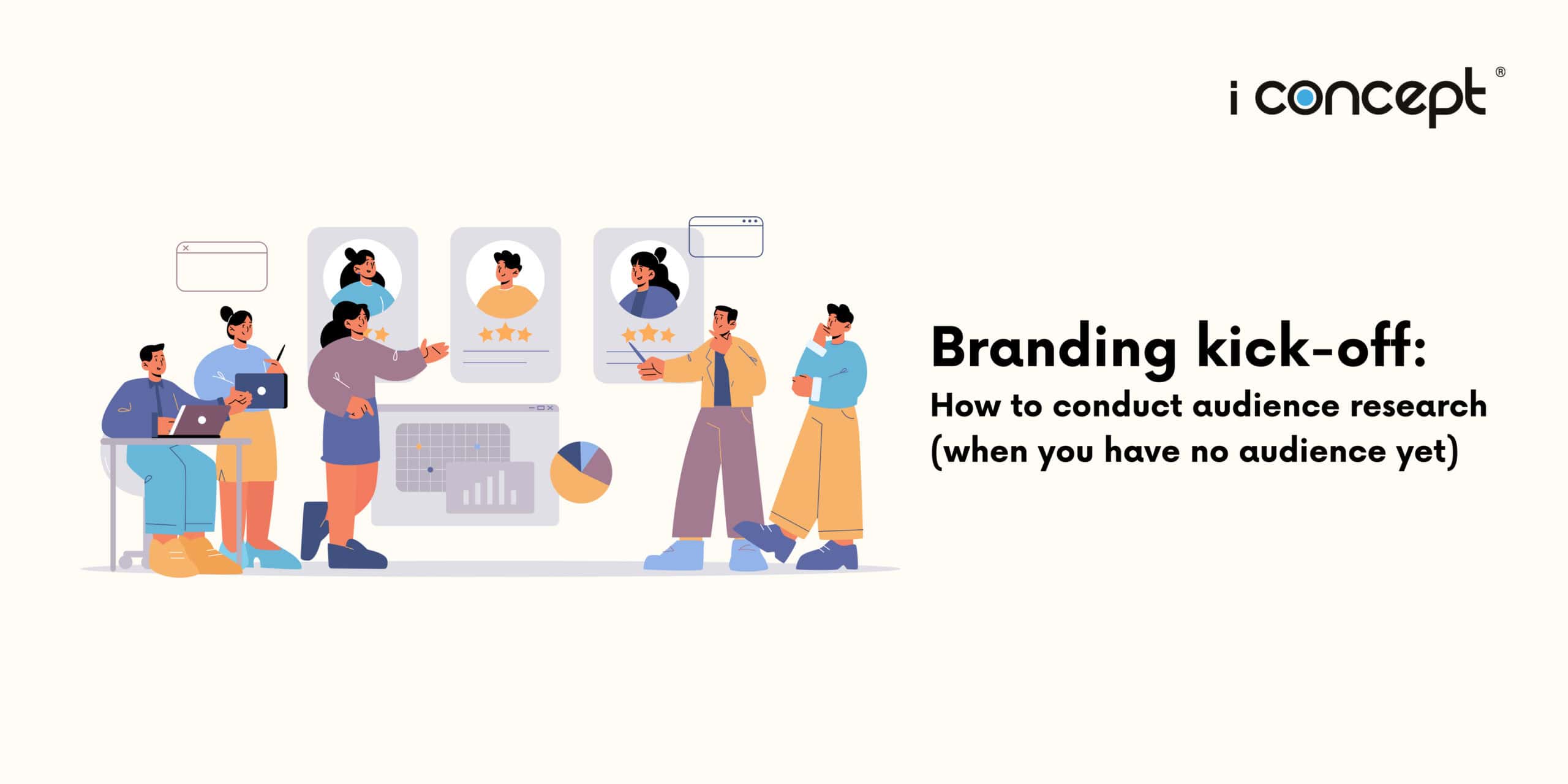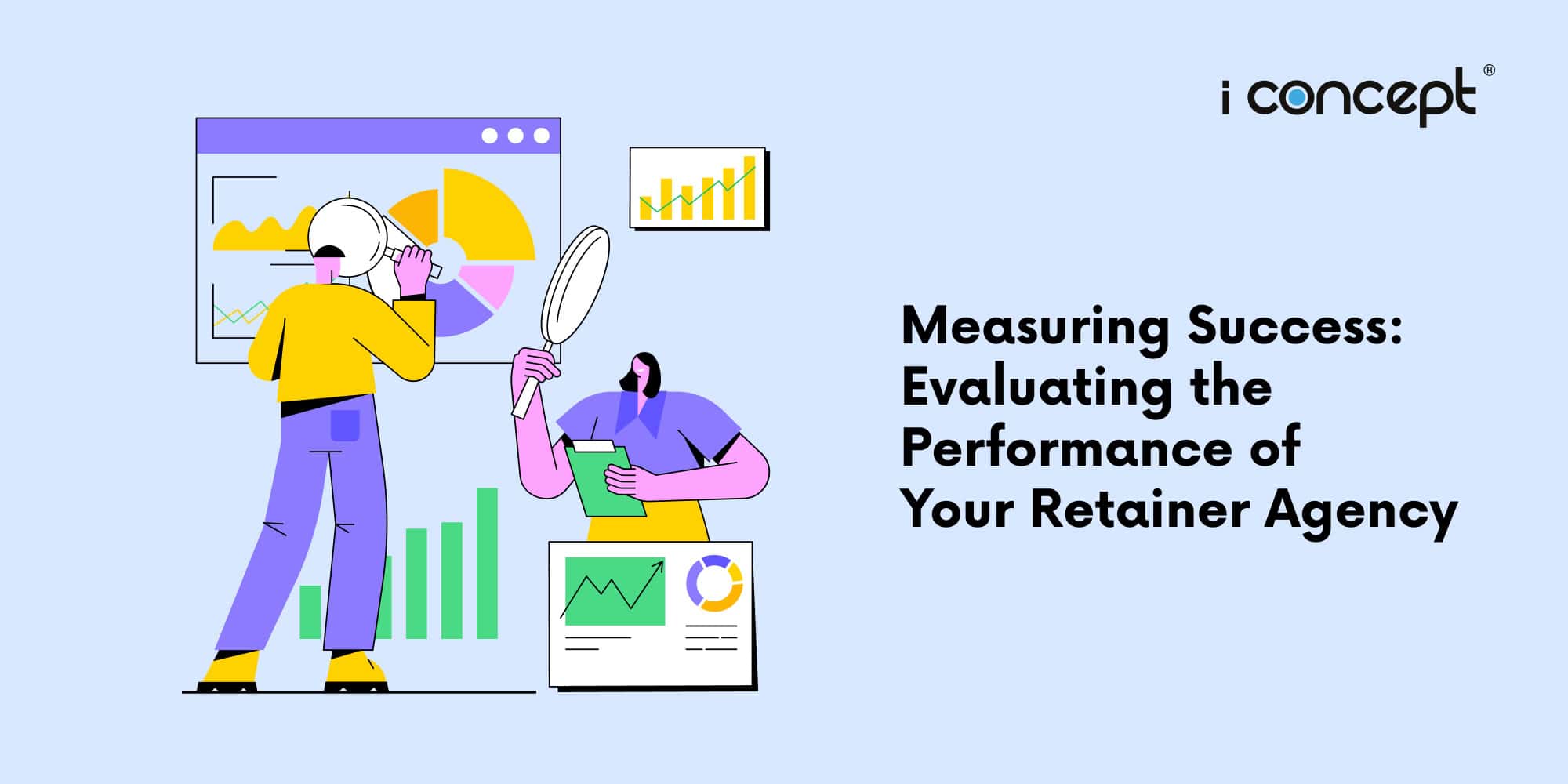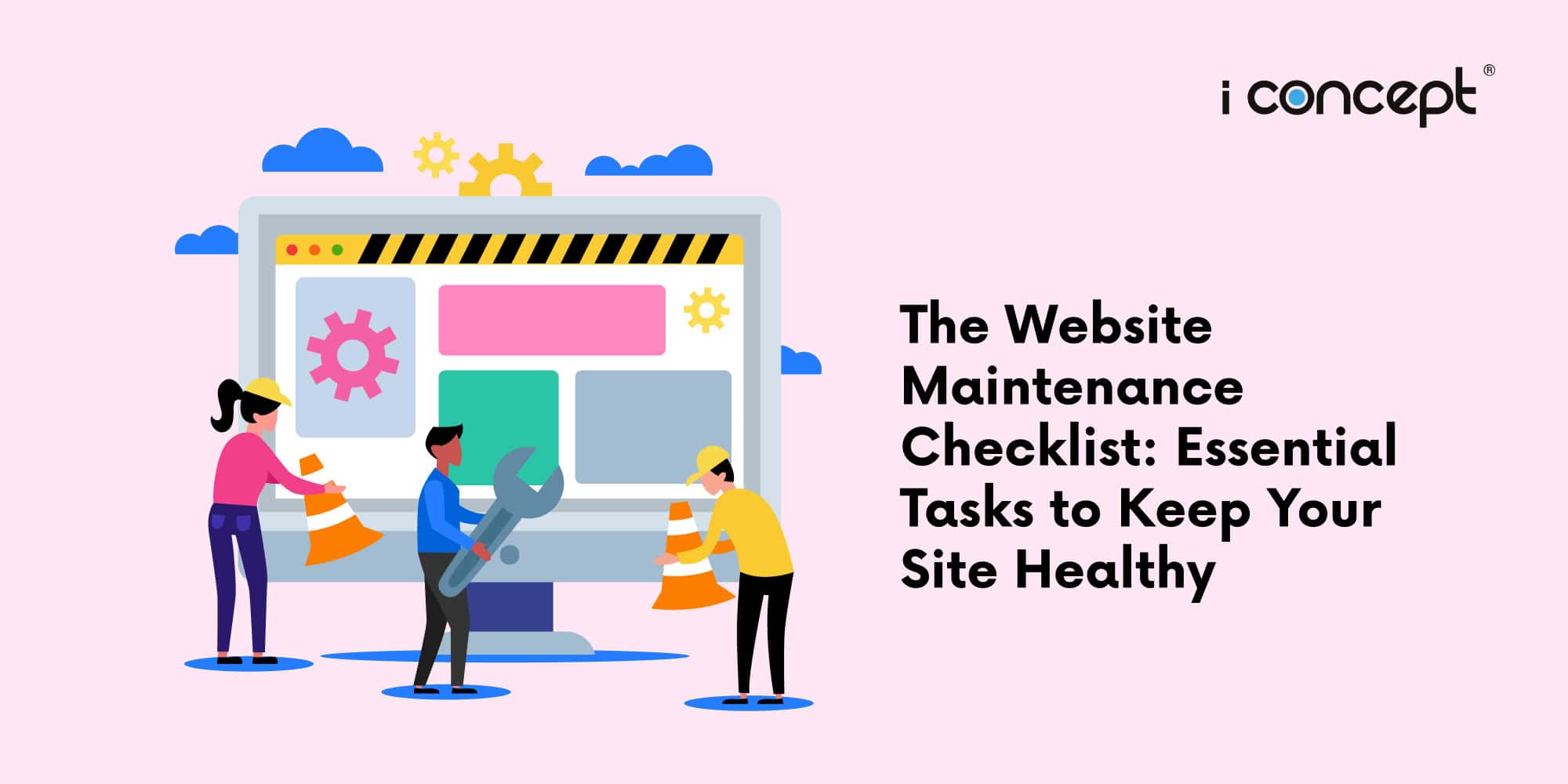It only takes 0.05 seconds for consumers to form an impression of your brand’s website. Within that short timespan, your message needs to be concise, attuned to your customers’ interests and address their problems. As such, branding is a critical element for any business to succeed, regardless of its size or industry. A strong brand can differentiate you from competitors, create customer loyalty, and drive revenue.
Highly successful branding efforts have resulted in their lexicon, or even brand name, becoming embedded as a global vernacular. Take the dominance of Google as a search engine: its brand name is now a widely used transitive verb (e.g. “Just Google it”). Similarly, users of X – formerly known as Twitter – fondly using bird-related lexicons to refer to actions taken on the social media platform (e.g. “I should tweet this.” “Retweeting what he said.”)
Effective branding can tip the scales in any brand’s favour. However, when your brand is just starting out and has yet to build a loyal audience base, conducting audience research can seem like a daunting task. Fret now, for in this article, we will take you through a beginner’s guide to effectively conduct audience research.
Why Every Brand Needs Audience Research
Audience research is the foundation upon which a successful branding strategy is built. It involves understanding the profile, wants, needs, preferences, and behaviours of the brand’s ideal target audience. This invaluable information helps your brand tailor its strategy, messaging and marketing efforts to resonate with your ideal clientele.
With a better understanding of your target audience’s demographics and desires, your brand can address their pain points and create actual solutions that solve their problems.
Here are our best tips for conducting preliminary audience research:
- Define Your Customer Persona
Before you can research your audience, you need to define who your hypothetical, ideal customer is by putting yourself in their shoes. This is often referred to as creating a customer or buyer persona, and it will humanise your target audience so that you can better empathise with their needs and wants. Begin by asking yourself questions like:
What problems do the product or service solve?
Who is most likely to have these problems?
What demographics (age, gender, socioeconomic status) do they fall into?
What are their interests and hobbies?
Where do they spend most of their time online and offline?
By answering these questions, you can create detailed customer personas that serve as the foundation for your audience research, and fine tune your messaging and marketing tactics to meet their needs.
- Study Your Competitors
Even if you do not have your own audience yet, your key competitors do. Conduct competitive analysis by studying the branding strategies of businesses in your industry that target a similar audience.
A simple, cost-free way to do this is simply by spending some time scrolling through your competitors’ websites, social media accounts, and customer reviews to gain insights into what works and what does not. To get an even better idea of your potential audience, you can use tools like SEMRush or Ahrefs, which provide a more in-depth analysis of your competitors’ websites.
We understand that learning how to use new marketing tools may be challenging for those just starting out in building their brand. Fortunately, I Concept Singapore has a full suite of capabilities that you can capitalise on: such as digital marketing, ecommerce development and certainly, branding. Our expertise in branding includes using tools like SEMRush to conduct keyword research, competitive analysis, site audits, backlink tracking and more.
Therefore, by leveraging on your competitors’ experience, your brand does not have to begin the arduous task of audience research from scratch, and can make well-informed decisions while gleaning from fresh insights.
- Conduct Quantitative and/or Qualitative Research
You can conduct research studies to gather more insights about your target audience. Even if you think you know your audience well, your research might prove otherwise, or confirm your assumptions about them and allow you to double down on your branding strategy. Depending on your objectives, your brand can choose to do quantitative or qualitative research (even both).
A quantitative study can be used to measure the frequency, duration and intensity of your target audience’s purchasing behaviour. On the other hand, qualitative research is used to understand the attitudes and reasons for their behaviour.
You can reach out to your network and conduct online or in-person surveys, interviews or focus groups with individuals that fit your customer persona. Questions should be steered towards their preferences, needs, and pain points related to your product or service. This firsthand data can be incredibly valuable in shaping your branding strategy.
- Test and Iterate
With all of the initial groundwork that you have done, keep in mind that audience research is an ongoing process. You can validate the results of your findings and research with users, or potential users. Moreover, gathering feedback will be constructive for improving on your existing strategy as well. Continuously gather fresh data, tweak your tone and language to speak to your audience, and refine your branding strategy as you grow your brand.
Have All Your Branding Needs Met at I Concept
In conclusion, conducting audience research when you have no audience yet is not only possible, but essential for the success of any brand. By defining your buyer persona, analysing competitors and conducting research and staying open to iteration, you can lay a strong foundation for your brand’s growth and success, even from the very beginning of your journey.
Still confused? I Concept is a digital agency in Singapore that specialises in all stages of the branding process, including audience testing, crafting a strong brand identity amongst other services.
Speak to I Concept and be branded today!
